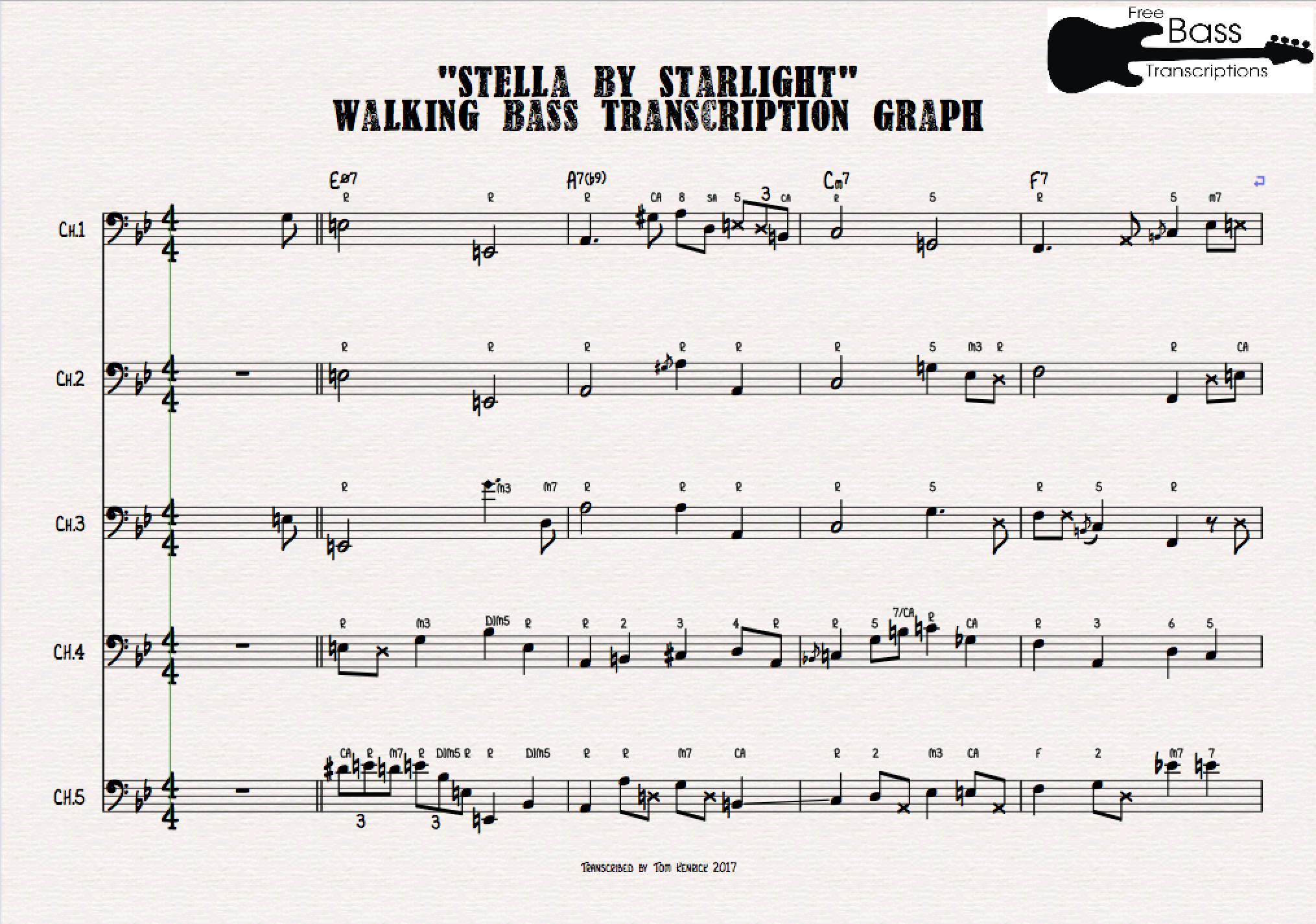Learning How To Learn
Learning a new skill can be a daunting task, especially if you’re pushed for time – which, let’s face it, we all are. The good news is that there’s a straightforward, repeatable process for skill acquisition that works regardless of whether you want to learn to juggle, cook or play decent walking bass.
Let’s stick with the last of those items; I was raised on a solid diet of classic rock, singer-songwriters and classical music – basically all the genres that don’t swing – which meant that developing the skills necessary to play jazz with any sort of competence has been (and continues to be) something of an uphill struggle.
It turns out that the solution to learning anything effectively is actually about learning how to steal.
Steal From The Best
To outline the process of assimilating walking bass vocabulary from a pro, I’ve enlisted the help of John Patitucci (I’m fairly sure that he’s completed jazz on expert mode).
Important note: This process can be used to learn anything musical (or, actually, anything non-musical, too). If you’re averse to jazz then you can still get results from applying the method to any style of music that you’re learning. What we’re actually doing is:
- Modelling a professional by transcribing their playing in a given context
- Analysing their strategy in order to tease out the underlying concepts
- Creating an etude that succinctly incorporates the methods of a master musician
- Imitating these phrases until they become ingrained in our playing
- Building new vocabulary based on the previously learned phrases
Here’s how I used the process of transcription to teach myself about walking bass concepts and develop my own vocabulary:
The source material was this John Patitucci masterclass – I’m guessing from hair/jumper combo that it’s from the 1990s:
JP discusses different approaches to walking through standards, playing ‘Stella by Starlight’ (he later plays through ‘Alone Together’) and mentions some key concepts in playing effective walking bass in both a 2-feel and playing 4 notes to the bar.
What Did I Do?
1. Transcribed 5 choruses of John Patitucci walking on ‘Stella’
The actual transcription process was quite straightforward thanks to the setting of the clinic – it’s just bass and guitar, so there’s no piano or drum kit to obscure the low end. The audio quality is also pretty good compared to many recordings from the 1950s where it’s often difficult to accurately isolate the pitches of a walking bass line. Other must-hear recordings with a similar duo lineup include Jim Hall & Ron Carter Alone Together and – one of my favourite albums ever – Pat Metheny and Charlie Haden Beyond The Missouri Sky
The transcription reveals that JP plays some changes differently as the tune progresses choruses; bar 12 of the form is outlined as Gm7 – C7 in the head, then Bbm7 – Eb7 for solos (as per the changes in most real books).
The transcription is available for download here: John Patitucci – ‘Stella By Starlight’ pdf
2. Created a ‘transcription graph’ in Sibelius
What’s a transcription graph? This is a transcription graph:
This is something that I’ve stolen from saxophonist David Liebman (there’s a pdf kicking about on the interweb detailing his very intensive transcription process). Aligning the choruses vertically makes it easy to spot phrases that appear multiple times as the tune progresses.
3. Analysed the harmonic content of the lines
Each note was labelled according to its function relating to the harmony – either a chord tone, scalar approach note or chromatic approach. Some notes have dual functions, where they are both chord tones and act as an approach note into the next bar.
4. Highlighted phrases common to multiple choruses (‘licks’)
Any phrases that had similar harmonic content were highlighted to easily spot JP’s favourite walking bass licks; I opted for the rather attractive hue that Sibelius calls ‘salmon’ to make things stand out:
5. Created composite choruses
I copied and pasted the most frequently occuring line for each successive bar of the tune in order to create a composite walking bass etude that features the essential elements of John Patitucci’s walking bass concepts – one chorus of a 2-feel, another with ‘regular’ walking bass.
Some octave adjustment of pitches was necessary in order to preserve the contour of the lines and make things feel less ‘cut and paste’.
So here you have it – 2 choruses of small, easily digestible fragments that have been distilled from a larger pool of source material:
‘Stella By Starlight’ – Composite Walking Bass Etude pdf
The next steps look something like this:
6. Learn the lines
Memorise the etude. I’d suggest learning this in 12 keys, but few people ever bother to do that. Personally, I’d rather transpose it into 3 or 4 keys and then…
7. Apply to other tunes
Write out etudes based on this one for other tunes in your repertoire
8. Write your own variations
As you play through the lines, you might find that your ears suggest other routes for navigating the harmony; write these down and create your own ‘licktionary’.



